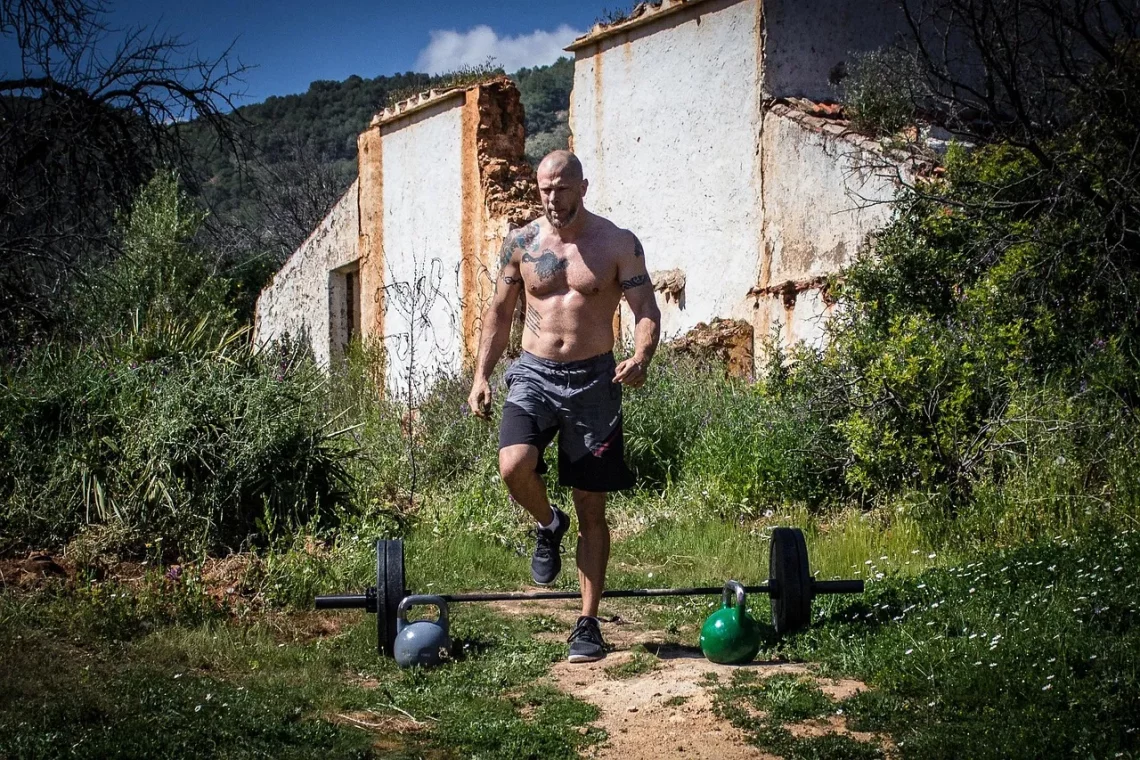
The Importance of Barbell Locks for Safe Weightlifting Practices
Weightlifting is a popular and effective way to build strength, improve fitness, and enhance overall health. However, like any physical activity, it comes with its own set of risks. Among the many components of a safe weightlifting regimen, the importance of barbell locks is often overlooked. These small yet crucial devices play a significant role in ensuring that weights remain securely in place during training sessions.
When lifting heavy weights, the last thing you want to worry about is the possibility of plates sliding off the barbell. This can lead to serious injuries, not only to the lifter but also to those nearby. Barbell locks provide peace of mind by securing weights in position, allowing athletes to focus on their form and performance rather than the potential for mishaps. Understanding the significance of barbell locks is essential for anyone engaged in weightlifting, whether they are beginners or seasoned athletes.
In this article, we will delve into the various aspects of barbell locks, their benefits, types, and best practices for use, helping you appreciate their role in promoting safe weightlifting practices.
Why Barbell Locks Are Essential for Weightlifting Safety
When it comes to weightlifting, safety should always be a top priority. One of the primary reasons barbell locks are essential is their ability to secure weight plates firmly to the bar. Without these locks, weight plates can easily slide off during lifts, which can lead to devastating injuries. If a lifter is performing a heavy squat or bench press and suddenly loses weights from one side of the bar, it can result in an imbalance that may cause the bar to tilt dangerously. This not only puts the lifter at risk but can also endanger those training nearby.
Moreover, barbell locks contribute to a stable lifting environment. When athletes are confident that their weights are secure, they can focus more on their lifting techniques and routines. This leads to better performance and minimizes the risk of accidents. It’s also important to note that many gyms enforce rules requiring the use of barbell locks to maintain a safe workout space for all members. Complying with these rules not only protects you but also encourages a culture of safety within the gym community.
In addition to preventing accidents, barbell locks can enhance your workout efficiency. When plates are secured tightly, lifters can perform their exercises without the distraction of adjusting weights mid-session. This allows for a smoother transition between sets and exercises, ultimately leading to a more productive workout. In a world where time is often limited, maximizing efficiency in the gym is crucial for anyone looking to achieve their fitness goals.
Different Types of Barbell Locks and Their Uses
Barbell locks come in various designs, each with its unique advantages and applications. Understanding the different types can help you choose the right locks for your lifting needs.
One of the most common types of barbell locks is the spring clip. These simple devices are easy to use and typically consist of a metal spring that secures the weight plates in place. Spring clips are lightweight and portable, making them a popular choice for those who prefer to lift in different locations. However, they may not be the most secure option for heavy lifting, as they can sometimes loosen under extreme pressure.
Another widely used option is the lock jaw clamp. This type of lock features a more robust design, often incorporating a locking mechanism that can be tightened firmly around the barbell. Lock jaw clamps are favored for their secure hold, especially during heavy lifts where the risk of weights shifting is higher. They are available in various colors and sizes, making them a visually appealing option as well.
Some lifters opt for screw-on collars, which provide a fixed and secure hold. These locks are threaded and can be tightened down onto the barbell, ensuring that the weights remain in place during intense sessions. While they may require a bit more effort to attach and remove, screw-on collars are often deemed the most secure option for heavy lifting.
Lastly, there are also magnetic barbell locks, which are gaining popularity due to their innovative design. These locks utilize magnets to hold the weights in place, providing a unique solution for secure weightlifting. However, they may not be suitable for all types of barbells and require specific equipment to function correctly.
Choosing the right type of barbell lock depends on individual lifting styles, preferences, and the weights being used. It’s essential to consider the type of weightlifting you engage in and select a locking mechanism that ensures safety and stability.
Best Practices for Using Barbell Locks Effectively
Using barbell locks effectively involves more than just securing your weights; it also includes proper installation and maintenance practices. Here are some best practices to keep in mind.
First and foremost, always inspect your barbell locks before each use. Check for any signs of wear and tear, corrosion, or damage. If you notice any issues, it’s best to replace the locks to prevent accidents during your lifts. Regular maintenance ensures that your equipment functions correctly and safely.
When attaching barbell locks, ensure that they fit snugly against the weight plates and the barbell. If the locks are too loose, they will not provide the necessary security, and weights may shift during lifts. For spring clips, make sure they are fully engaged and that the spring mechanism is functioning correctly. For screw-on collars, tighten them adequately to ensure a firm hold.
It’s also essential to use the appropriate number of locks based on the weights being lifted. For lighter weights, one lock on each side may suffice. However, for heavy lifts, consider using two locks per side to provide added security. This is especially important for exercises that involve dynamic movements, where the risk of weights shifting is higher.
Lastly, always follow gym etiquette regarding the use of barbell locks. If you’re training at a gym, ensure that you adhere to any specific rules regarding equipment usage. This not only promotes safety but also fosters a respectful environment for all gym-goers.
By following these best practices, you can significantly enhance your safety and performance during weightlifting sessions.
In conclusion, barbell locks are a vital component of safe weightlifting practices. They not only prevent injuries caused by shifting weights but also enhance workout efficiency and promote a culture of safety within fitness communities. By understanding the different types of locks available and how to use them effectively, lifters can focus on their training while ensuring a secure lifting environment.
**Disclaimer:** This article is not intended as medical advice. For any health concerns or medical issues, please consult a qualified healthcare professional.




